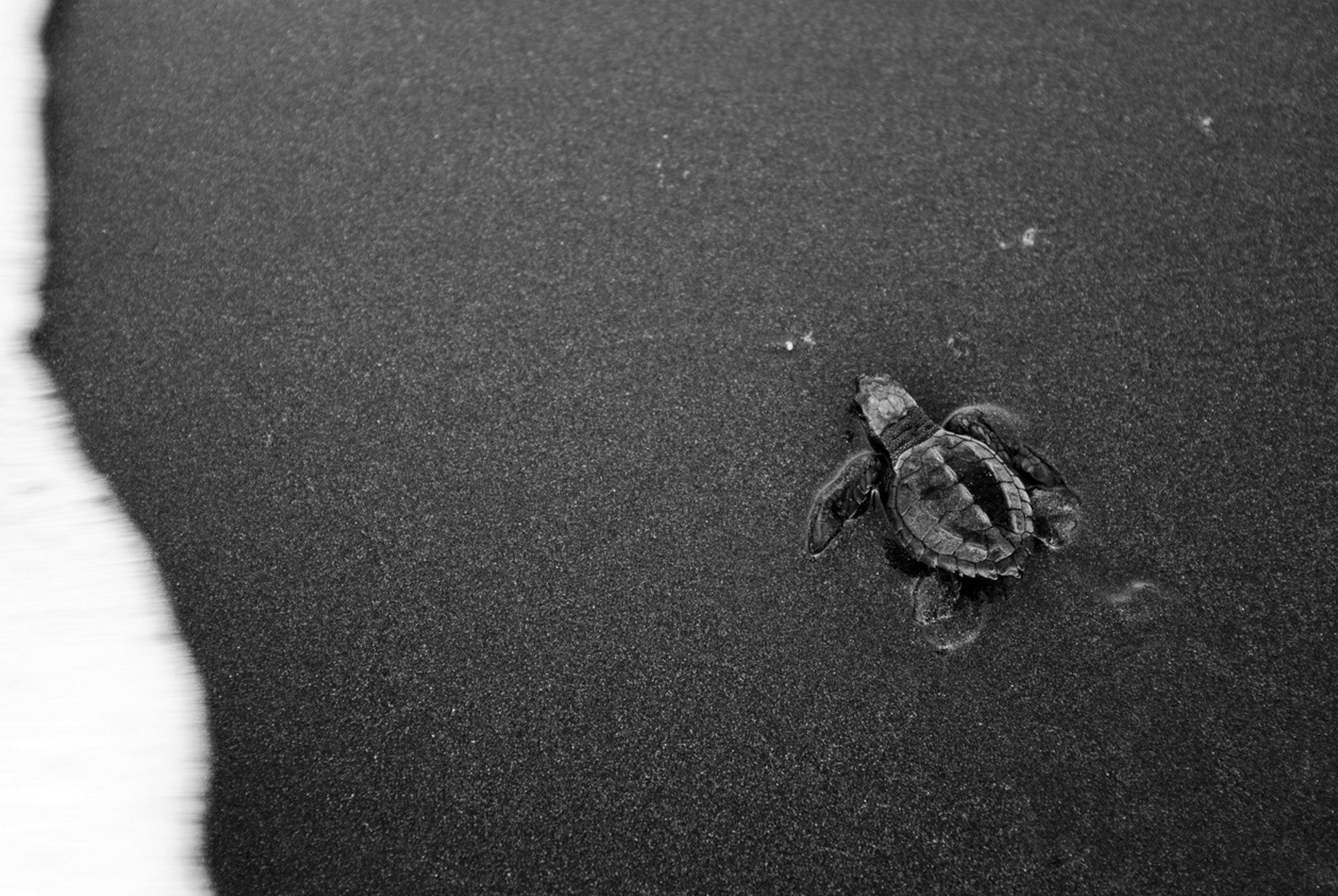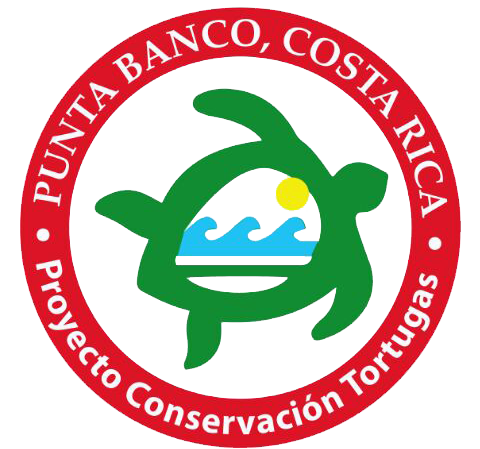
About Punta Banco, Costa Rica
Punta Banco is a community located on the Burica Peninsula, 65km south of Golfito (8˚21'13.76 "N - 83˚08'06.44" W), along the southern Pacific coast of Costa Rica. This area is known for being one of Golfo Dulce’s (or Sweet Gulf, in English) beaches sea turtles use for nesting and for having a great biodiversity of flora and fauna. Also, according to data from the 2011 Census of the National Institute of Statistics and Censuses (INEC, for its acronym in Spanish) Punta Banco is a community with approximately 550 inhabitants.
During the decades of 1970’s and 1980’s, people who migrated from Sámara, Guanacaste and residents of neighboring areas in the south region of the country began to populate this area. Many of these families came looking for jobs in the banana plantations located in Golfito. However, soil deterioration adversely affected banana production and the plantations were closed, this situation forced these families to venture in search for new lands and they ended up settling in Punta Banco. After these families were able to settle, various economic activities have been taking place in the area such as gold mining, small-scale livestock, artisanal fishing, family farming and small lodging businesses for the small groups of tourists that visit this community, attracted by the famous Pavones “left wave”.
Communal organization:
The Punta Banco Neighborhood Association (Legal ID No. 3-002-390481) was founded in 2004, as a private non-profit social welfare identity. Its area of action is the community of Punta Banco, located in the district of Pavón-Golfito, in the Puntarenas province and it is administered by a Constituent Assembly and associated representatives.
Mission: to promote the environmental, economic and socio-cultural growth of Punta Banco and its surroundings.
Vision: to become a coastal community living responsibly with its natural and social environment, through sustainable and ecological practices.
Conservation commission of Punta Banco & The Sea Turtle Conservation Project
The sea turtle conservation project was designed with the purpose of benefiting turtles as an endangered species, preserving biodiversity in the Golfo Dulce and promoting efforts to protect the oceans. In addition, residents around the nesting area receive a direct and indirect economic benefit from the project. In 2015 a new tendency emerged in Punta Banco, the community started to innovate with the triad: employment-education-conservation.
This project is about the conservation and by conservation we understand the relations between the ecosystems and humans in armony. So the conservation commission of Punta Banco design this project to help the marine ecosystem but also the community in economic and social terms.
How we do it?
The payment for environmental services is one of the most innovative conservation initiatives both at a local and national levels, since recognizing conservation tasks as jobs that need to be paid is considered a strategy that actually helps with the sustainability of the project. Thus, in the year 2015, 322 successful nesting events were relocated to the hatchery and in 2016, with the collaboration of 25 local volunteers, 242 nests were placed into the hatchery.
Through the capacitation every turtles season to the locals and our fundraising methods, the commission has been able to payment for environmental services.
Some of the processes that must be promoted and maintained each year are:
01.Beach planning and zoning
–
The project has the support of the National System of Conservation Areas (SINAC, by its acronym in Spanish) and the South Pacific Sea Turtle Conservation Network. But it was necessary to establish a protocol 4 to ensure ecological and scientific monitoring on sea turtle nesting beaches. Due to interactions with the Marine Ecological Monitoring Program, the tides, wind, and rainfalls, among others, the beaches are dynamic environments and have dynamic indicators. These are elements that are taken into account in order to provide an objective analysis. Likewise, the maintenance of hatcheries and public spaces not only aim to achieve successful nesting events but they are also part of the order and design preferred in the area to obtain good results.
02.Call and training of volunteers.
–
The human resource is essential for the project. Keeping an active group of local volunteers to patrol the 6.30 km of beach is one of the challenges faced by the conservation commission. Therefore, calls for volunteers are made through local media during the months prior to the nesting period of sea turtles. In order to ensure good treatment of sea turtles, nests and hatchlings, the members of the commission together with the regent biologist, are responsible for training the group of volunteers who will participate in the project. This training is a mandatory requirement to obtain the scientific passport and to eventually receive the payments for environmental services.
03. Data collection and analysis of sea turtles nesting activity in Punta Banco beach.
–
In order to contribute to the generation of information for the conservation of sea turtles in the Osa region, patrols and observation of nesting activities (whether successful or not) occurring during day or night in the nesting months, as well as the release of newborns and exhumations of nests in hatcheries, are duly recorded at the base of project data. Currently, the database being used has been developed since 1996 and it motivates the community in general to remain active in the project. The analysis of the information collected is carried out during meetings with the Costa Rica’s South Pacific Sea Turtle Conservation Network, by collaborating with the evaluation of projects in the area and by recognizing the impact of these efforts during each nesting season.
04. Fundraising and environmental services payments.
–
The financial support of the project has been solved through different methods of fundraising, however, is recognized that in order to promote the implementation of more tasks (necessary for the conservation of the marine and terrestrial ecosystems of Punta Banco and its surroundings) the project needs to operate with more funds. In terms of sea turtle conservation, the following methods are used to collect funds: Adoption of nests, Selling of various item, Request for donation and Opening and closing festivals of nesting season for sea turtles at Punta Banco.
“Never doubt that a small group of thoughtful, committed citizens can change the world.”
- Margaret Mead

History
In terms of the preservation of sea turtles, Punta Banco has been a study area for sea turtle nesting since 1996. Since its inception, conservation project of sea turtles has gone through 3 stages. The Sea Turtle Restoration Program (or PRETOMA, for its acronym in Spanish), initiated the monitoring and use of sea turtle hatcheries for the nesting of Olive Ridley sea turtles (Lepidochelys olivacea), however, the work of this organization in the area was carried out until 2011. In that same year, along with the help of Peter Aspinall and financing from the Joint Institute of Social Assistance (IMAS, for its acronym in Spanish) with their program "Manos a la Obra" (or the “Let’s Get to Work” Program, in English), the community of Punta Banco began to resume the project.
However, during that time, only a few people were benefited and there were no appropriate regulatory plans. Patrols on the beach and the relocation of nests in the nursery were insufficient. Consequently, the initiatives of neighbors Ricardo Moreno and Reinaldo Van made possible making the decision to support conservation efforts while simultaneously creating a micro-economic strategy that could benefit all people in the community (by attracting more tourists, paying environmental services and providing small-job opportunities for local people participating in the project.) In 2015, the third stage begins with a consolidated conservation commission and, in accordance with the socioeconomic context of the Punta Banco community, the last two years of this project became a rewarding stage both in terms of biological preservation and sustainability.
Donate


